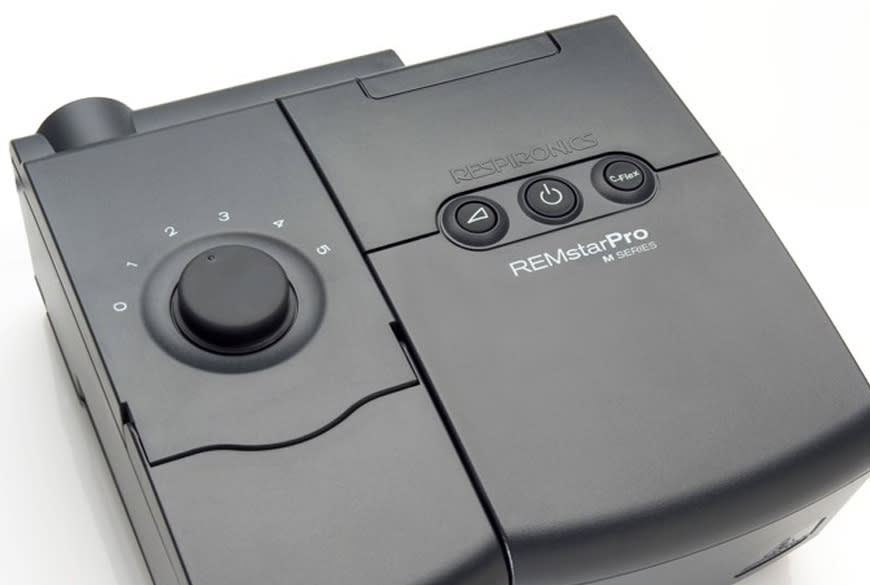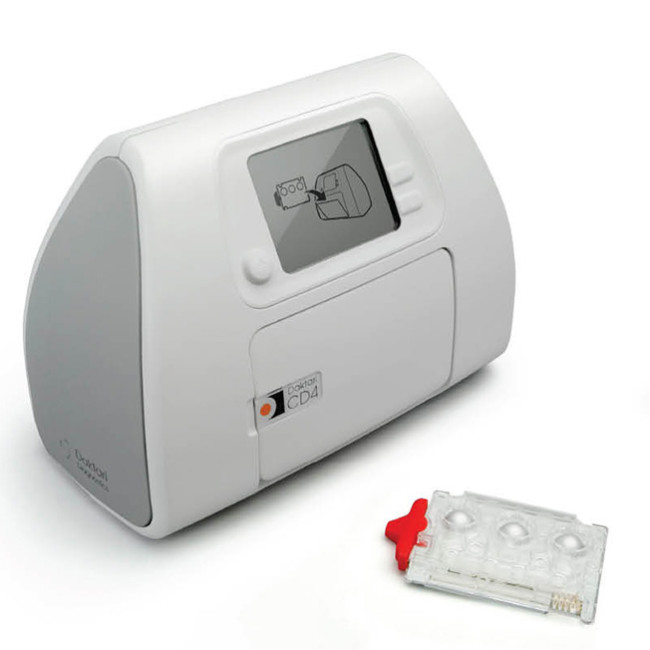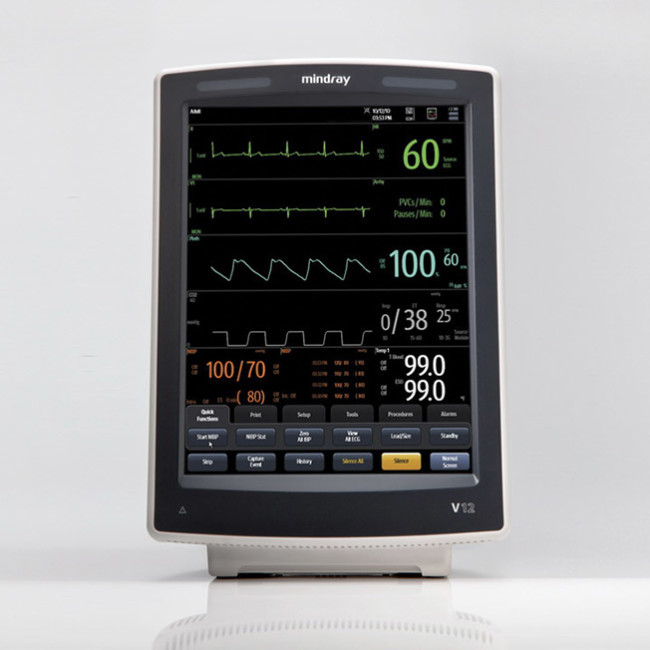Philips: Philips Respironics CPAP Device
Philips Respironics partnered with Continuum to create a CPAP device that delivers comfortable sleep apnea treatment in a way that is more intuitive and less obtrusive to the patient.
Philips Respironics partnered with Continuum to create a CPAP device that delivers comfortable sleep apnea treatment in a way that is more intuitive and less obtrusive to the patient.

01
Challenge
The National Sleep Foundation estimates that more than 18 million Americans have sleep apnea, a condition in which a person’s airway becomes restricted while they sleep. Although sleep apnea can be effectively treated with a Continuous Positive Airway Pressure (CPAP) device, up to 83% of patients discontinue therapy largely because traditional CPAP devices are unwieldy, industrial looking, and complicated to use.
Non-compliance with CPAP therapy puts patients at risk for more serious conditions— including heart attack, stroke, and diabetes. Philips Respironics sought to boost compliance and improve patient health by partnering with Continuum to create a CPAP device that delivers comfortable sleep apnea treatment in a way that is more intuitive and less obtrusive to the patient. Because Philips Respironics intended to sell the new device globally, our team stepped up to design a product that was equally attractive to and usable by American, European, and Asian patients alike.
02
Research & Insights
Inspired by Home Electronics
Users reported that they disliked being hooked up to a device that told the world, I am a sick person. Instead, they sought a system that would make their sleep apnea less noticeable to spouses and visitors. We used this feedback to conceptualize a product that looks like a piece of consumer electronics—a companion to the clock radio—not a medical device.
One Design for All Users
Because the device would be sold to users in the U.S. and abroad, it was critical for our team to deliver a universal product design. We aimed to simplify the user interface so that patients can control the central functions with buttons that are distinguished by icons, not words—making it intuitive regardless of which language users speak. We also pursued a globally appealing design aesthetic, so that the device would look “at home” in every country where it was sold.
Good Things Come in Small Packages
Many patients abandon CPAP therapy when they travel for work or take a vacation because their device is too large and cumbersome to transport. Accordingly, our design team set out to ensure that the device was lightweight and could fit easily inside a suitcase or travel bag.
Adjustments Made Easy
A clinician in a brightly lit office often sets up a CPAP machine for the patient. But patients, particularly elderly users, struggle to use the devices in their homes—especially at night and without glasses. Our team endeavored to design an innovative interface that enables users to make adjustments in low-light settings. We envisioned buttons with unique textures so that they can be identified by touch alone and a control knob that features detents to allow patients to “count off” the level of adjustment with tactile clicks. To further simplify use and promote compliance, we investigated ways to minimize the controls that are only used by clinicians.
Happy Patients, Happy Partners
While sleep apnea patients are the primary users of CPAP devices, our research team also suspected that “silent stakeholders”—the spouses and bed partners of current patients—would be crucial resources for information and inspiration. Based on their feedback, we conceived a product that would run as silently as possible and enable patients to make adjustments quietly, in the dark, without disturbing their sleeping partner.
03
Solution
With Continuum’s help, Philips Respironics boosted treatment compliance for sleep apnea patients with a system that delivers exceptional therapy, enhanced patient comfort, and user-friendly features.
The Respironics REMstar Pro with C-Flex is a sleek and convenient CPAP that looks more like a stylish bedroom humidifier than a medical device. It features an unobtrusive profile with tubing connected in the back and a "hidden" water chamber for patients who require additional hydration. To simplify patient use, the device includes a panel to cover the controls that are only used by clinicians.
The REMstar Pro’s user interface has unique buttons so that patients can make adjustments in the dark, without having to get out of bed. The product’s design aesthetic also promotes compliance since patients feel more comfortable leaving it on their bedside tables, in plain sight and within reach. Even the size of the device makes it more effective: weighing in at just two pounds, it easily fits in a suitcase so users are more likely to take it on the road.
04
Results
The universal design of the REMstar Pro has increased international appeal and penetration into global markets—including North America, Latin America, Europe, and Asia. The product’s clean lines and improved controls lead to better compliance, increased usage, and greater revenues as healthcare providers realize that this platform is highly effective and favored by sleep apnea patients.
In fact, a study published in CHEST—the official publication of the American College of Chest Physicians—showed that patients using REMstar Pro with C-Flex used their therapy an average of 1.7 hours longer per night than patients on a traditional CPAP after three months, and the difference in adherence widened over time.
Most important, Philips Respironics REMstar Pro has given thousands of people a better night’s sleep, while reducing their risk of developing more serious health issues linked to sleep apnea.



